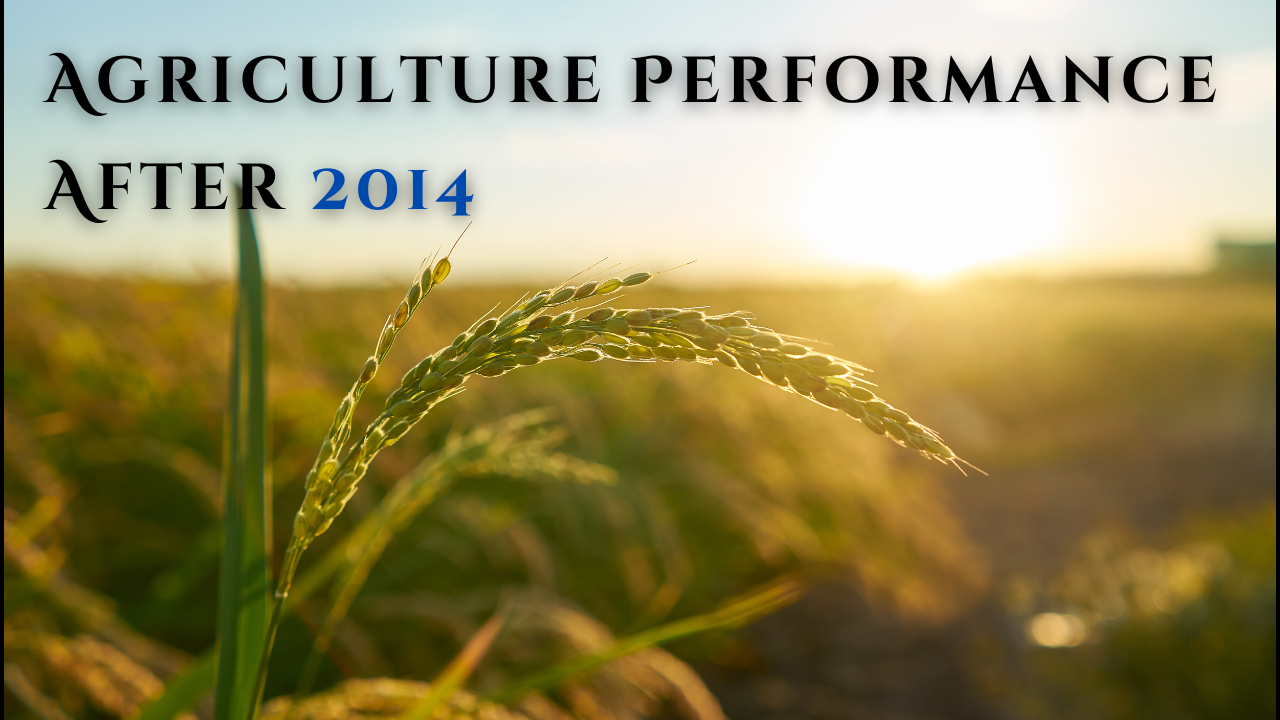Font size:
Print
South America Faces Catastrophic Forest Fire Season
Context:
South America is experiencing its most devastating forest fire season in nearly two decades.

More on News:
A staggering 346,112 fire hotspots were detected across all 13 countries by Brazil’s space research agency, INPE. This figure surpasses the previous record of 345,322 hotspots set in 2007, highlighting an alarming trend in environmental degradation.
Current Status:
- The Amazon rainforest and regions in Brazil, Peru, Bolivia, and Colombia are heavily impacted, with millions of acres burning.
- Brazil is the most affected country, accounting for 60% of the fires. Over 11 million hectares (about twice the size of Uttarakhand) have burned in 2023.
- Ecosystems at Risk: Major ecosystems, including the Amazon, Cerrado (the world’s most biodiverse savanna), and Pantanal wetlands, are suffering extensive damage.
- Bolivia has seen the second-highest number of fires after Brazil, with over 3.8 million hectares of forests and grasslands damaged. Peru, Argentina, and Paraguay are also experiencing significant fire activity.
Causes of the Crisis:
- Severe Drought: The continent is grappling with one of its worst droughts on record, with approximately 59% of Brazil experiencing drought conditions.
- The Amazon basin’s rivers are at historic lows, exacerbated by the El Niño phenomenon earlier this year.
- Deforestation: High levels of deforestation, especially in the Amazon, have created conditions ripe for wildfires to spread.
- The World Resources Institute notes that deforestation has altered regional weather patterns, leading to more severe droughts that further increase forest fire vulnerability.
- Climate Change: A recent study by World Weather Attribution indicated that rising global temperatures have made drought conditions 30 times more likely in South America, contributing to extreme heat and reduced rainfall.
Health Impacts:
- Smoke Impact: The smoke has created toxic clouds covering 10 million square kilometres, larger than the entire U.S.
- This has severely degraded air quality across southern Brazil, northern Argentina, Bolivia, Paraguay, and northeastern Uruguay.
- Residents in cities like Montevideo have faced poor visibility and “black rain” due to ash and soot.
- Experts warn that exposure to smoke is likely to increase hospital visits for respiratory issues, potentially leading to thousands of premature deaths. Wildfire smoke is linked to an average of 12,000 early deaths annually in South America.
Future Outlook:
- Uncertain Rainfall: The future trajectory of wildfires remains uncertain. While rainfall typically occurs in October, its arrival is not guaranteed, leaving regions vulnerable to continued fires.
- Predictive Models: Climate scientists have long predicted the intensity of these wildfires as part of broader climate change impacts. Extreme weather events, including droughts and floods, are expected to worsen as global temperatures rise.

